Description
**Your Guide to Cellular Health: Unlocking the Science of Longevity and Joy**
Cellular health is the foundation of our overall well-being. Each of us is composed of trillions of cells, and the health of these cells plays a direct role in how we age, how we feel, and how long we live. By understanding the science of cellular health, we can unlock the keys to longevity and greater vitality. Here’s an in-depth guide to understanding cellular health and how to nurture it for a long, healthy, and joyful life.
### **1. Understanding Cellular Health: The Basics**
Our bodies are made up of more than 37 trillion cells, each of which performs specific functions that contribute to our overall health. These cells are the building blocks of all our organs, tissues, and systems. At the cellular level, health is a reflection of how well our cells function, repair, and regenerate.
#### **Key Factors of Cellular Health:**
– **Energy Production**: Cells require energy to function optimally, most of which is produced by mitochondria, the “powerhouses” of the cell. Energy production is essential for growth, repair, and maintaining homeostasis.
– **Cell Repair**: Cells are constantly being damaged due to oxidative stress, toxins, and environmental factors. Cellular repair mechanisms, such as autophagy (the body’s way of cleaning out damaged cells), are crucial for maintaining cellular integrity.
– **Cellular Regeneration**: Healthy cells are replaced by new cells through processes like mitosis and stem cell activity. The rate of regeneration declines with age, which impacts the body’s ability to recover from injury and stress.
– **Genomic Stability**: Our DNA carries the instructions for cellular function. Over time, DNA damage and mutations accumulate, which can impair cellular function and contribute to aging and disease.
### **2. The Key Players in Cellular Health**
To optimize cellular function, there are several key areas to focus on:
#### **Mitochondria: The Powerhouses of the Cell**
Mitochondria are responsible for producing ATP (adenosine triphosphate), the cell’s primary source of energy. As we age, mitochondria lose efficiency, leading to fatigue, slower recovery, and an increased risk of chronic diseases. Supporting mitochondrial health is crucial for maintaining energy levels and vitality.
– **How to support mitochondria**:
– **Exercise**: Regular physical activity improves mitochondrial function.
– **Nutrition**: Foods rich in antioxidants, such as berries, nuts, and leafy greens, can help protect mitochondria from oxidative damage.
– **Fasting and Intermittent Fasting**: These strategies may promote mitochondrial biogenesis, enhancing the creation of new mitochondria in cells.
#### **Telomeres: Protecting the Ends of Our DNA**
Telomeres are the protective caps at the ends of our chromosomes. Each time a cell divides, telomeres shorten, which is linked to aging and cellular dysfunction. Short telomeres are associated with a higher risk of age-related diseases.
– **How to protect telomeres**:
– **Stress Reduction**: Chronic stress accelerates telomere shortening. Practices like meditation, yoga, and mindfulness can help mitigate stress.
– **Healthy Diet**: A diet rich in whole foods, healthy fats, and anti-inflammatory nutrients can support telomere health.
– **Exercise**: Regular physical activity has been shown to slow down telomere shortening.
#### **Autophagy: The Body’s Waste Disposal System**
Autophagy is a natural process where cells “clean out” damaged parts, which helps to maintain cellular health and function. This process is critical for detoxification and regeneration, allowing cells to renew themselves.
– **How to stimulate autophagy**:
– **Intermittent Fasting**: Fasting or reducing caloric intake activates autophagy.
– **Exercise**: Physical activity increases autophagy and promotes cellular cleanup.
– **Certain Foods**: Polyphenols from foods like green tea and curcumin (found in turmeric) can support autophagy.
### **3. Nutrition for Cellular Health**
What we eat directly impacts our cells’ ability to function, repair, and regenerate. Nutrient-dense foods provide the raw materials our cells need to thrive.
#### **Essential Nutrients for Cellular Health:**
– **Antioxidants**: These neutralize free radicals, reducing oxidative stress and preventing cellular damage. Foods high in antioxidants include berries, dark chocolate, spinach, and artichokes.
– **Healthy Fats**: Omega-3 fatty acids, found in fatty fish, flaxseeds, and walnuts, support cell membranes and reduce inflammation.
– **Amino Acids**: Proteins are the building blocks of the body, and amino acids are crucial for cell repair and regeneration. Sources of amino acids include meat, fish, eggs, beans, and legumes.
– **Vitamins and Minerals**: Micronutrients such as vitamins A, C, D, and E, as well as minerals like magnesium and zinc, play pivotal roles in cellular repair, immune function, and oxidative stress reduction.
#### **Foods that Enhance Cellular Health**:
– **Berries**: Rich in antioxidants that fight oxidative damage.
– **Leafy Greens**: Full of vitamins, minerals, and fiber.
– **Avocados**: Provide healthy fats that support cellular membranes.
– **Nuts and Seeds**: Source of healthy fats, fiber, and essential nutrients like vitamin E and magnesium.
### **4. Lifestyle Factors that Impact Cellular Health**
#### **Sleep: The Body’s Repair Mechanism**
Quality sleep is essential for cellular repair and regeneration. During sleep, the body engages in processes like protein synthesis, DNA repair, and the removal of cellular waste. Chronic sleep deprivation can lead to cellular aging and increased inflammation.
– **Tips for better sleep**:
– Keep a regular sleep schedule.
– Avoid blue light exposure before bed.
– Create a relaxing nighttime routine.
#### **Exercise: Boosting Cellular Longevity**
Exercise has a profound effect on cellular health. Regular physical activity enhances mitochondrial function, reduces inflammation, and stimulates the body’s natural repair mechanisms.
– **Best types of exercise**:
– **Strength Training**: Builds muscle and improves metabolism.
– **Cardio**: Increases circulation and heart health.
– **Yoga and Stretching**: Improve flexibility, reduce stress, and promote relaxation.
#### **Stress Management: Mitigating Damage to Cells**
Chronic stress accelerates aging at the cellular level by increasing cortisol levels and oxidative stress. Learning to manage stress through mindfulness, meditation, or relaxation techniques can significantly benefit cellular health.
– **Stress management techniques**:
– **Mindfulness Meditation**: Reduces cortisol and promotes relaxation.
– **Breathwork**: Deep breathing exercises can activate the parasympathetic nervous system, helping to manage stress.
– **Nature Walks**: Spending time in nature has been shown to reduce stress and improve mood.
### **5. Supplements and Therapies for Cellular Health**
While a healthy diet and lifestyle form the foundation of cellular health, certain supplements and therapies can further support cellular function:
– **CoQ10**: A powerful antioxidant that supports mitochondrial health and energy production.
– **Resveratrol**: A polyphenol found in red wine and grapes that may promote longevity by protecting cells from oxidative damage.
– **NAD+ Precursors (e.g., Nicotinamide Riboside)**: NAD+ is a coenzyme that plays a role in cellular energy production and DNA repair. Supplementing with its precursors may promote healthy aging.
– **Collagen**: Supports skin, joints, and connective tissue by providing the building blocks for collagen production.
– **Vitamin D**: Essential for immune function and reducing inflammation.
### **6. Cultivating Joy: The Link Between Emotion and Cellular Health**
Joy and positive emotions are not only beneficial for mental health but also have a profound impact on cellular health. Research has shown that happiness and laughter can lower levels of stress hormones, reduce inflammation, and promote overall well-being.
– **How to cultivate joy**:
– **Gratitude Practice**: Regularly acknowledging the positive aspects of life can boost mood and reduce stress.
– **Social Connections**: Healthy relationships and social bonds are associated with increased longevity and better health.
– **Pursue Passions**: Engage in activities that bring joy, whether that’s a hobby, spending time with loved ones, or helping others.
—
### **Conclusion: A Holistic Approach to Cellular Health**
Cellular health is the cornerstone of longevity and vitality. By prioritizing the health of our cells through a balanced approach that includes good nutrition, regular exercise, stress management, and emotional well-being, we can not only increase our lifespan but enhance our quality of life. Embrace the science of cellular health, and unlock the joy of living with energy, resilience, and vitality for years to come.
### **Action Steps to Start Today:**
– Incorporate more antioxidant-rich foods like berries, dark chocolate, and leafy greens into your diet.
– Start a daily movement routine that combines cardio, strength training, and flexibility exercises.
– Practice mindfulness and stress-reduction techniques, such as meditation or deep breathing.
– Prioritize sleep and create a calming bedtime routine.
– Focus on positive relationships and engage in activities that bring you joy.
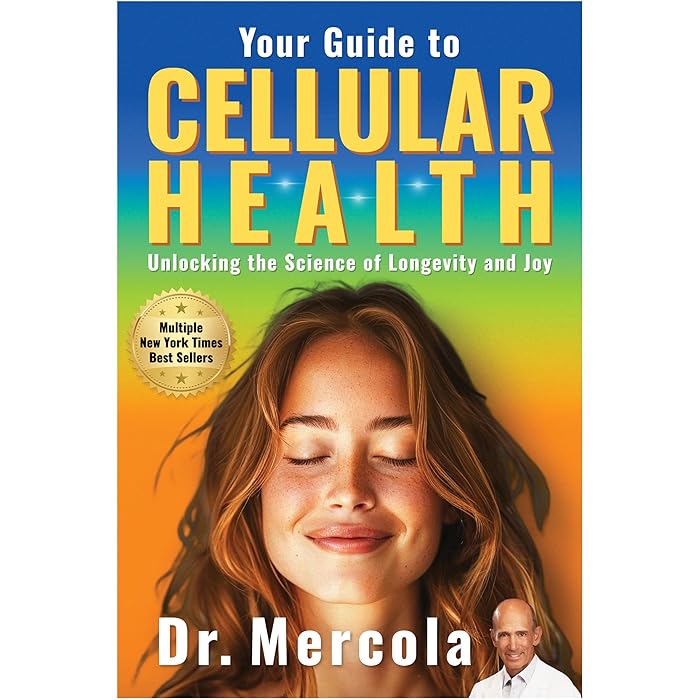
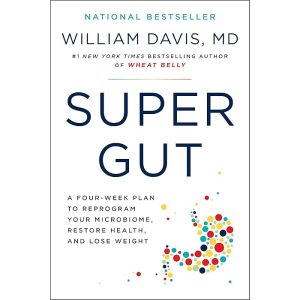


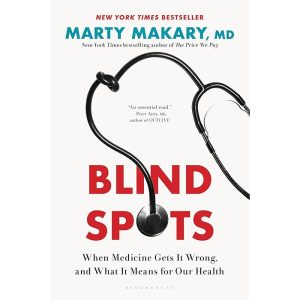




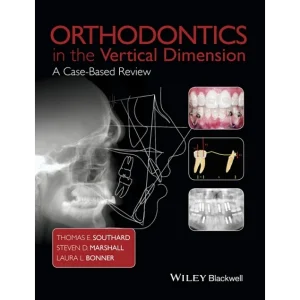

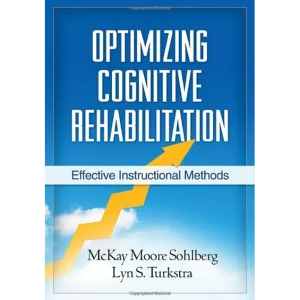

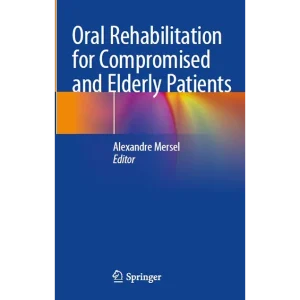
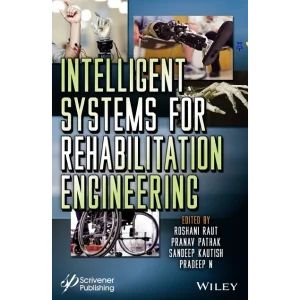
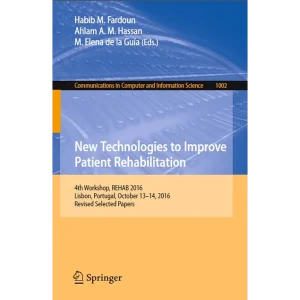
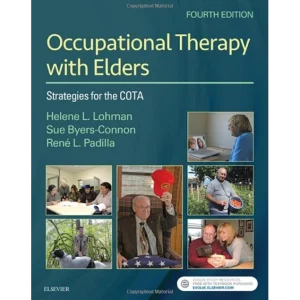

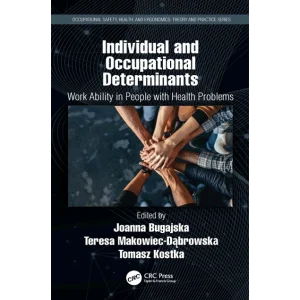


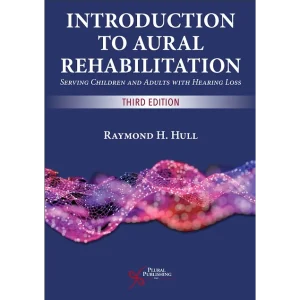
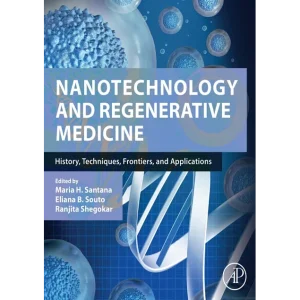
Reviews
There are no reviews yet.